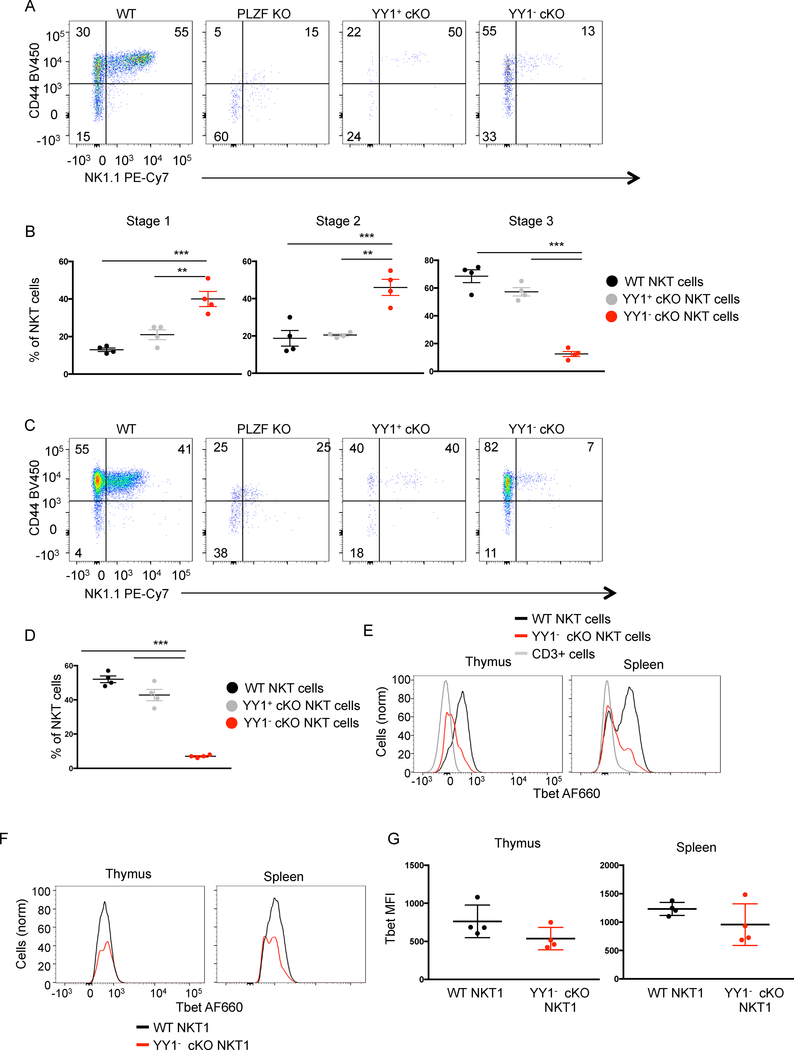Figure 2. YY1 deficient NKT cells acquire an effector/memory phenotype but fail to reach stage 3 of development.
The indicated tissues were collected from C57BL/6 (WT) mice, PLZF KO mice or PLZF-Cre YY1 flx.flx mice and analyzed by FACS with the indicated antibodies. NKT cells (MHCII−, CD3+, CD1dtet+, CD24−) isolated from PLZF-Cre YY1 flx.flx mice were stained for YY1. The NKT cells from the PLZF-Cre YY1 flx.flx mice that stained YY1- are denoted as YY1− cKO NKT cells. The NKT cells from the PLZF-Cre YY1 flx.flx mice that stained YY1+ are denoted as YY1+ cKO NKT cells. (A, B) NKT cells isolated from the thymus of four week old WT mice, PLZF KO mice and PLZF-Cre YY1 flx.flx mice were stained for CD44 and NK1.1. Representative FACs plots are shown in (A). Pooled data concerning the distribution of NKT cells in each stage are shown in (B). The stages were defined as follows: Stage 1 (CD24-, CD44-, NK1.1-), Stage 2 (CD24-, CD44+, NK1.1-), and Stage 3 (CD24-, CD44+, NK1.1+). (C, D) Splenic NKT cells isolated from WT mice, PLZF-Cre YY1 flx.flx mice, and PLZF KO mice were stained for CD44 and NK1.1. A representative FACs plot is shown in (C). Pooled data concerning the frequency of splenic NK1.1+ NKT cells are depicted in (D). (E) Tbet expression was compared between WT NKT cells and YY1− cKO NKT cells from the thymus (left) and spleen (right). (F-G) Tbet expression levels were compared between Tbet+ WT NKT cells and Tbet+ YY1− cKO NKT cells. A representative histogram is shown in (F) and cumulative data from 4 mice are shown in (G). FACS plots show typical results from indicated tissues and graphs show compiled data from 4 mice, examined in 3 or more independent experiments. The horizontal lines indicate the mean (±s.e.m.). **P<0.01, ***P<.001 determined by One Way Anova (B, D) or Mann-Whitney U Test (G).

